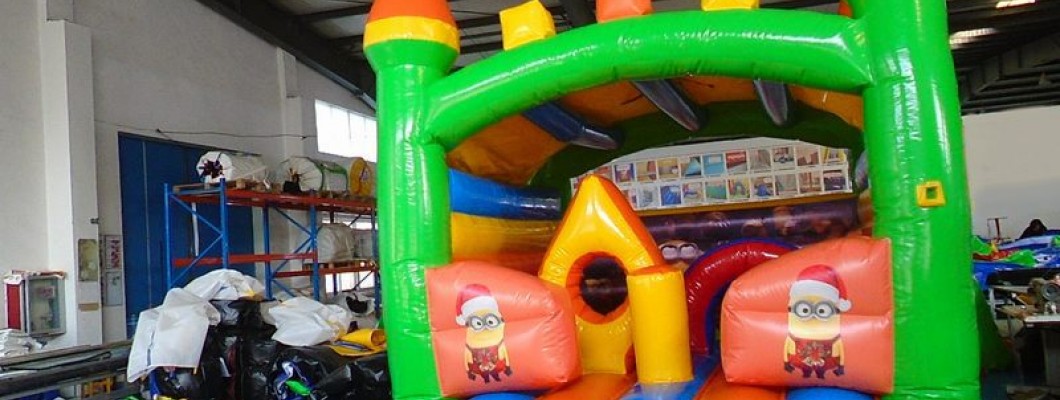
Unexpected delays during the installation of a jumping castle can be frustrating, but handling them effectively is crucial for ensuring a successful setup. If you find that the installation is taking longer than anticipated, here are some steps you can take to address the situation:
1. Assess the Situation
Start by evaluating why the installation is delayed:
- Identify Issues: Determine if there are specific problems causing the delay, such as equipment malfunctions, missing parts, or unforeseen complications.
- Review Progress: Check the current status of the installation to understand how much work remains and how it aligns with your original timeline.
2. Communicate with Your Team
Effective communication is key to resolving delays:
- Update Team Members: Inform all team members about the delay and any new plans or instructions.
- Delegate Tasks: Reassign tasks or adjust responsibilities to address the issues causing the delay and improve efficiency.
3. Adjust Your Plan
Modify your approach based on the delay:
- Revised Timeline: Create a revised timeline that reflects the new estimated completion time. Factor in any additional tasks or steps needed to address the delay.
- Resource Allocation: Allocate additional resources or manpower if necessary to expedite the installation process.
4. Address Equipment and Material Issues
If the delay is due to equipment or materials, take these steps:
- Check Equipment: Inspect all equipment to ensure it is functioning correctly. Replace or repair any malfunctioning items as needed.
- Verify Materials: Confirm that all necessary materials and components are available and in good condition. Procure any missing items quickly to avoid further delays.
5. Keep Stakeholders Informed
Maintain transparency with those affected by the delay:
- Inform Clients: If the delay impacts clients or event planners, provide them with updates and an adjusted timeline.
- Manage Expectations: Set realistic expectations about when the installation will be completed and any potential impacts on the event or schedule.
6. Implement Contingency Plans
Prepare for potential future delays by having contingency plans in place:
- Develop Backup Plans: Create contingency plans for common issues that may arise during installation. This can help minimize the impact of unexpected delays.
- Review and Learn: After the installation is complete, review what caused the delay and how it was handled. Use this information to improve future installation processes.
Conclusion
Handling delays during the installation of a jumping castle requires careful assessment, effective communication, and flexible planning. By addressing the underlying issues, adjusting your plan, and keeping all stakeholders informed, you can manage delays effectively and ensure a successful installation.
